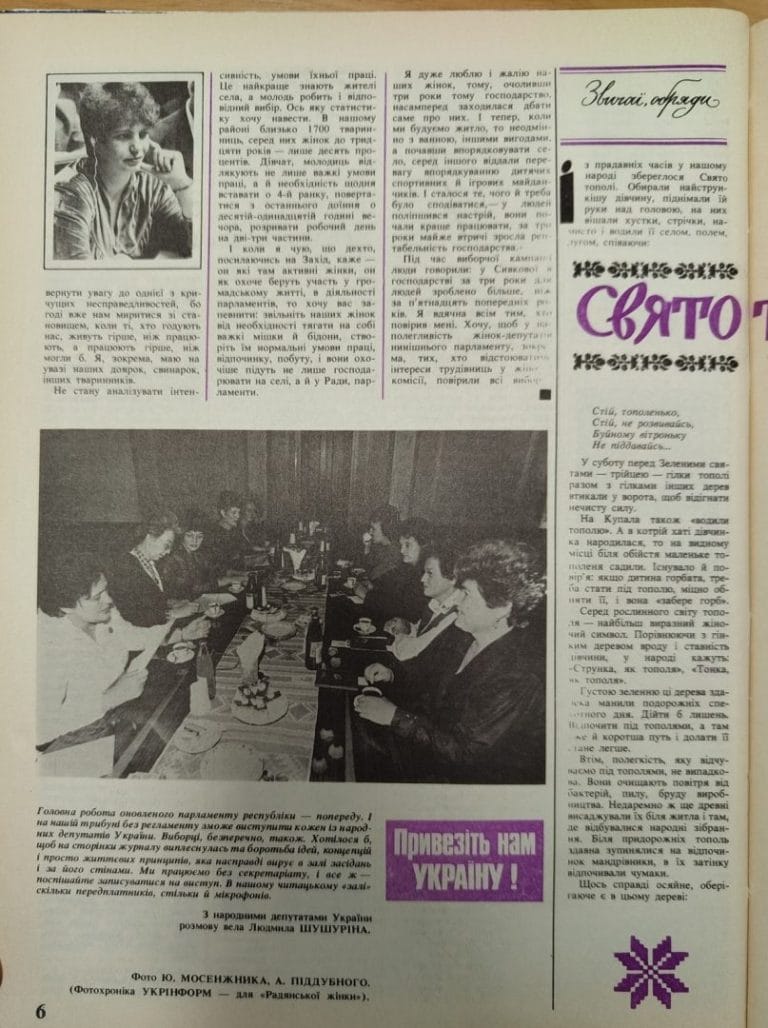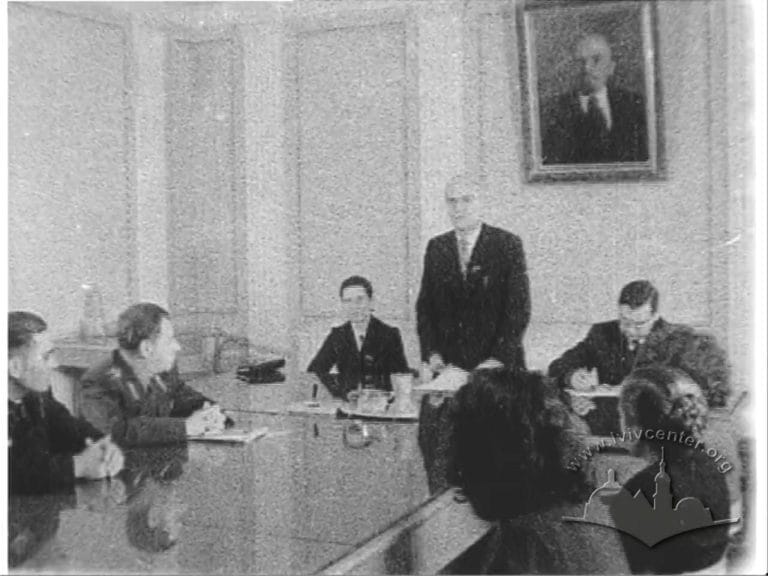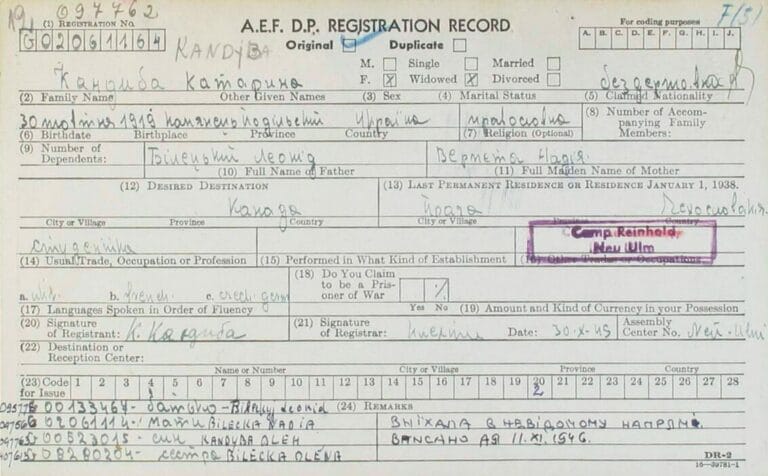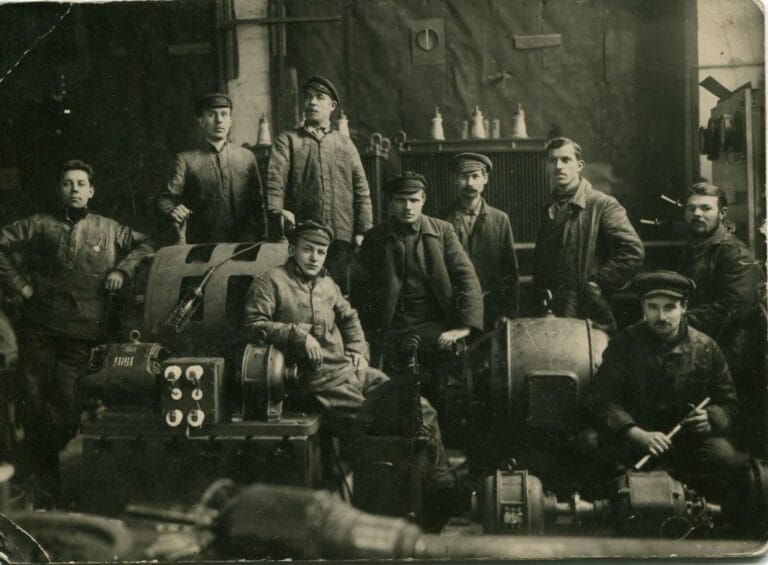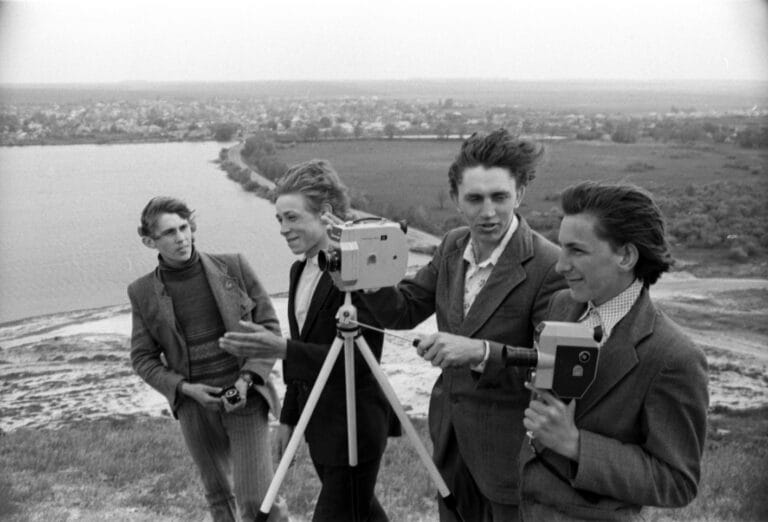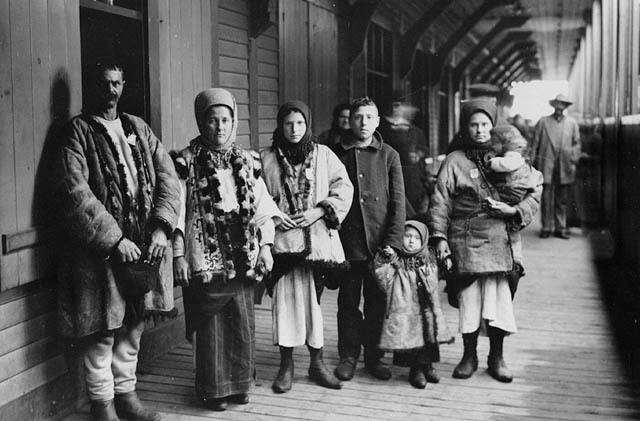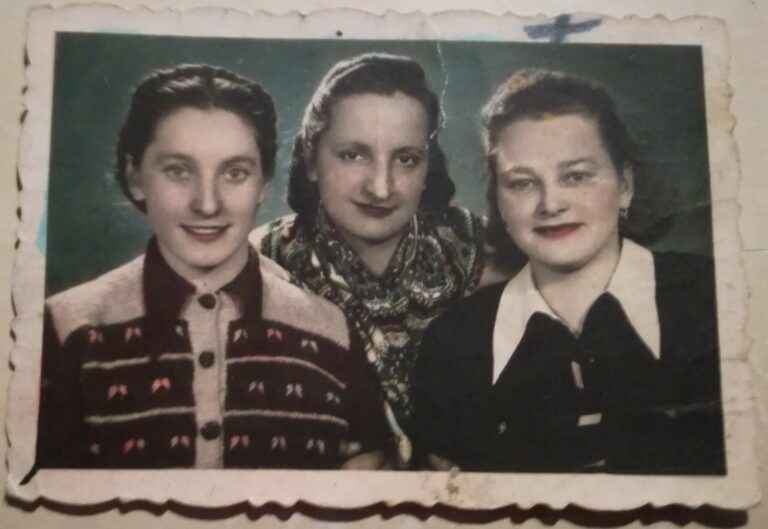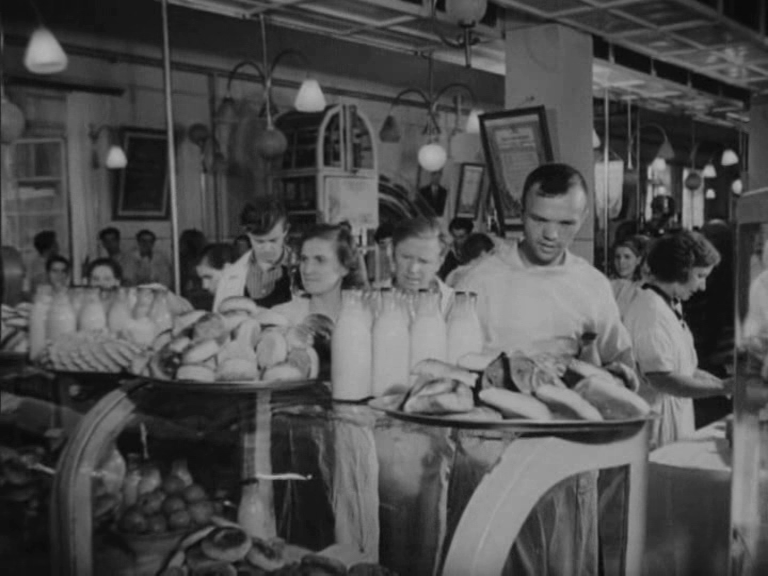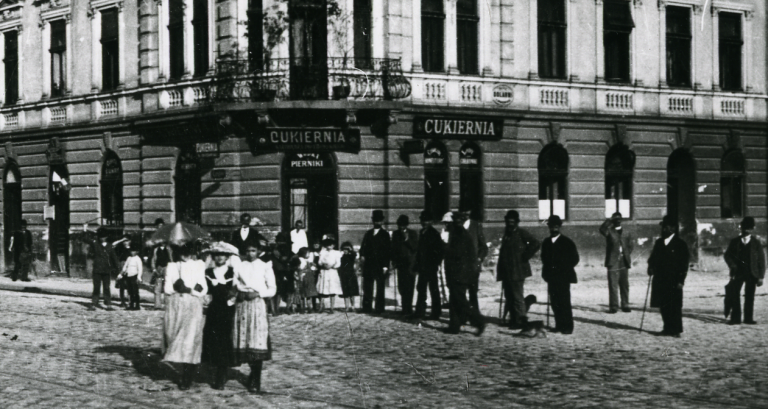Modules
Filter by periods:
Filter by themes:
After the end of World War II, Soviet authorities returned to a conservative gender policy that emphasized women's maternal roles. [1] This approach was "justified" by the severe demographic losses of the war. In 1944, the honorary title Mother Heroine and the order of the same name were introduced for women who gave birth to and raised ten or more children, while the Order of Maternal Glory was created for mothers of at least seven children. In 1956, paid maternity leave for urban women was nearly doubled to 112 days, and in 1964, this benefit was extended to rural women. By 1981, paid parental leave had expanded to a full year. However, the...
The term media, used in the title of this module, is a broad and widely circulated concept, often invoked in discussions about “mass culture.” In Soviet historiography, however, media culture was referred to as “culture for the masses”—an attempt to avoid any association with the capitalist notion of culture. Yet, in both the market capitalist system and the state socialist system, the media in the 20th century brought about the emergence of a new media reality and landscape. By the 1960s and 1970s, their functions and status had grown far more significant than ever before. This module also introduces the concept of mediatization, which describes the way media influence, shape, and intertwine with...
In addressing the causes of unlawful actions committed by high-ranking officials in the 1940s and 1960s, the authorities often attributed them to the lingering influence of pre-revolutionary capitalist mentalities among certain managers. This explanation lost credibility over time, as by the 1970s and 1980s, the leadership consisted largely of individuals born and fully socialized within the Soviet Union, supposedly free from the flaws of other, non-communist societies. In this module, Viktor Krupyna uses unpublished archival materials and available source collections to examine the widespread abuse of power by Soviet officials in the Ukrainian SSR in 1945-1991, its causes, scope, and consequences.
The Soviet Union positioned itself as a society of social equality, where the elimination of human exploitation was said to have achieved harmony in class relations. The eradication of social contradictions between the “top” and “bottom” (in Soviet terminology, the “exploiters” and “exploited”) was widely promoted as an indisputable and irreversible achievement of the Soviet state. Yet, this created a paradox: while this ideal was publicly championed, the significant social gap between the people and the so-called “people's power” was a reality that remained unacknowledged. This module by Viktor Krupyna focuses on the financial privileges of the Ukrainian Soviet nomenklatura.
This module by literary scholar Olha Petrenko-Tseunova tells the story of Kateryna Biletska-Kandyba, the wife of Oleh Kandyba (known by the literary pseudonym Oleh Olzhych), a poet and member of the Ukrainian nationalist underground, head of the cultural and educational department of the Leadership of Ukrainian Nationalists (PUN) and the Revolutionary Tribunal of the Organization of Ukrainian Nationalists (OUN) (1939-1941), and her WWII experience and post-war emigration.
The Soviet government aimed to profoundly transform the styles and structures of people’s everyday lives, encompassing housing, leisure, and work. Particularly ambitious projects were conceived and executed during the 1920s and 1930s. Workers were at the forefront of Soviet social policy, with the Bolshevik Communist Party depicted in Soviet discourse as the avant-garde of the proletariat, primarily serving the interests of the working class. Did these ideas correspond to practice, and at what cost were they realized? This will be discussed in the module by historian Roman Liubavskyi.
The early vision of amateur filmmaking in the Soviet Union was characterized by the pragmatic idea of using the new media not only for entertainment but also to involve a wide range of citizens in the production of newsreels and to create a network of correspondents across the country to cover the construction of socialism. However, despite sporadic attempts, this idea was not immediately implemented on a large scale. The lack of technology and sufficient equipment, and later the political climate of the 1930s, hindered this. It was only after liberalization and Khrushchev's reforms that the idea reappeared on the agenda.
The end of the 19th century through the beginning of the 20th century is known as the period of mass migration from Europe to other continents, when more than 55 million people changed their place of residence. In particular, this process captured the Russian and Austro-Hungarian empires, where a difficult economic situation, job shortages, and persecutions stirred various groups of the population to leave. Such groups included both Ukrainian and Polish peasants, and Jews from urban centers who were small-scale craftsmen or workers. Most often, they moved to the United States, Canada, Argentina, and Brazil, where labor was needed at factories or farms.
Many stories could illustrate the struggles of Ukrainian women as members of the Ukrainian underground during World War II. One is the story of Marija Savchyn, who in 1939, at the age of fourteen, joined the female youth section (iunky) of the Organization of Ukrainian Nationalists (Orhanizatsiya Ukrayins’kykh Natsionalistiv [OUN]), which spearheaded the Ukrainian nationalist movement. While in high school during the Second World War in Przemyśl, Savchyn joined the Ukrainian underground...
The founders of the Soviet Union believed that the basis for new forms of labor was to be an amateur initiative and talents, of which the people have an endless source, managed by “nationwide accounting and control”. The method of introducing new forms of industry management was the widest propaganda of labor achievements. Soviet ideologists habitually cited Lenin who believed that labor could change a human being under socialism and advised how to organize socialist competition. This module by historian Bohdan Shumylovych is devoted to the topic of labor in communist propaganda, using the example of the 1960s.
In the 19th century, the gender pact dividing public and private spheres, as man-owned and women-inhabited, found its most solid reasoning. In this vision, the city as the most obvious embodiment of public life, seemed to be male by default. Women in the city were taken as potentially threatened. This was evidenced by a number of prohibitions, which could include not only certain places inaccessible to women, such as universities in Lviv until the late 1890s, but also ordinary everyday experiences that they could claim only at the cost of their own reputation. In this module, historian Ivanna Cherchovych will try to look at the city from its women's experiences.

